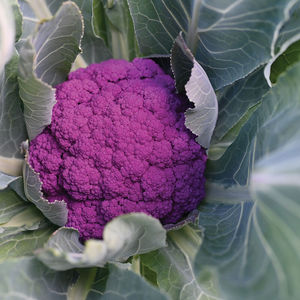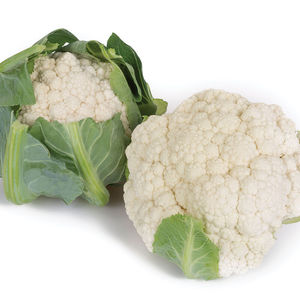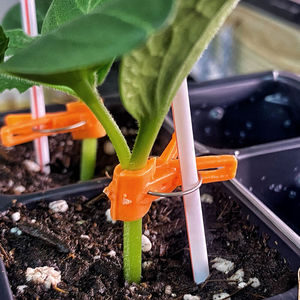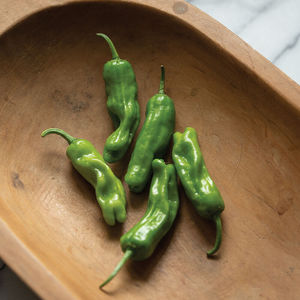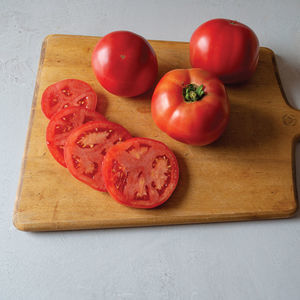
- Seeds and crop inputs
- Seed & plant
- Potato seed
- johnnyseeds
Early potato seed Nataschaedibleleaf blight resistantyellow
Add to favorites
Compare this product
Characteristics
- Maturity
- early
- Type
- edible
- Disease resistance
- leaf blight resistant
- Other characteristics
- yellow
Description
New! Gorgeous, deep yellow.
The smooth, shallow-eyed tubers with few blemishes are attractive at market. Demonstrates improved emergence and plant vigor for a yellow type. High yields with a low percentage of oversized tubers for greater marketability. Waxy type especially suited for salads/boiling. Excellent storage potential. A German variety, developed in the early 2000s. Intermediate resistance to foliar late blight, Rhizoctonia, and tuber late blight.
SCIENTIFIC NAME:
Solanum tuberosum
CULTURE:
Potatoes grow best in well-drained, fertile soil with a pH of 6.0-7.0. Cut tubers into pieces roughly 1 1/2-2 oz. (1-1 1/4" diameter) each, with at least one "eye" per piece. Small tubers may be planted whole. Potatoes can be planted in early to midspring as they tolerate cool soil and moderate frost. Plant seed pieces 2-3" deep, 12" apart, in rows 30-36" apart. Plants will emerge 2-3 weeks later. When the plants are 6-8" tall, hill them by mounding soil from each side of the row about 4" high along the base of the plants to protect developing tubers from greening. Repeat hilling process as plants grow until hills are about 12" high.
DISEASES:
The best disease control is fertile soil, crop rotation, and consistent moisture.
INSECT PESTS:
Row covers work well to exclude insect pests such as Colorado potato beetles, aphids, and leafhoppers. Otherwise, scout for yellow-orange potato beetle eggs on undersides of leaves and crush them; manually remove and dispose of larvae and adults. Potato beetles can also be controlled with a spinosad insecticide.
Catalogs
Catalog 2024
208 Pages
*Prices are pre-tax. They exclude delivery charges and customs duties and do not include additional charges for installation or activation options. Prices are indicative only and may vary by country, with changes to the cost of raw materials and exchange rates.

















